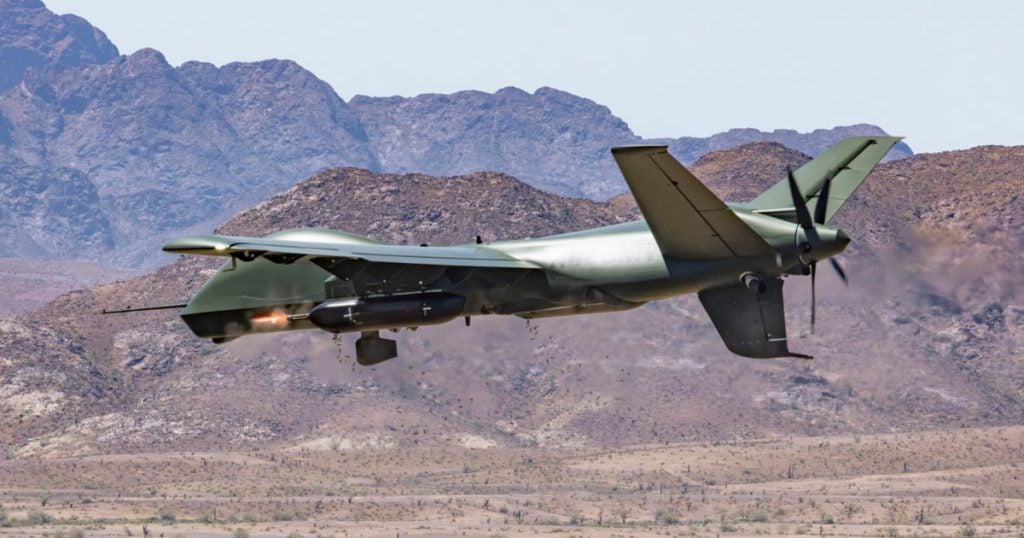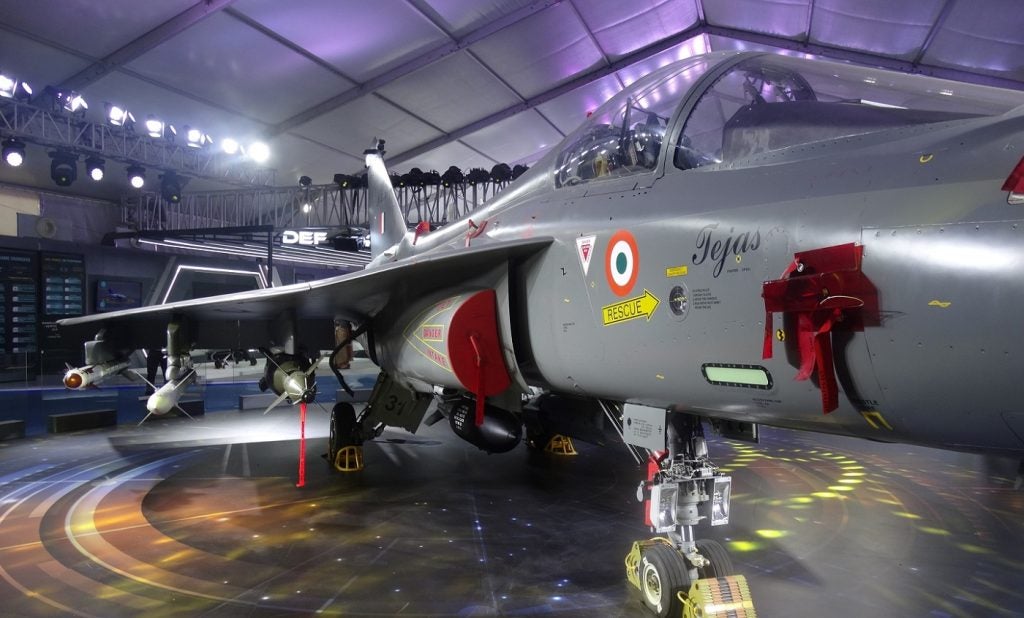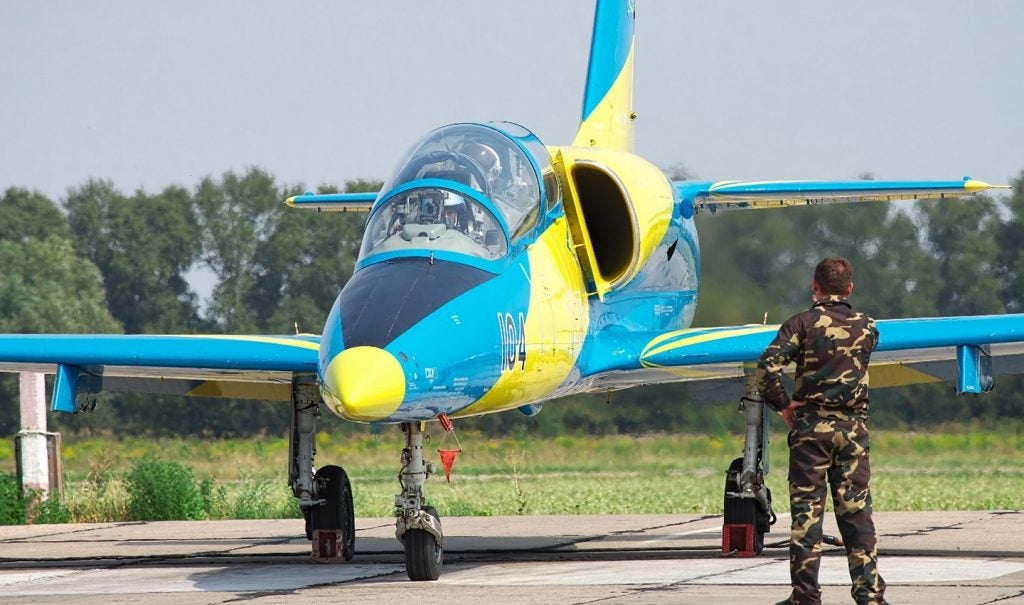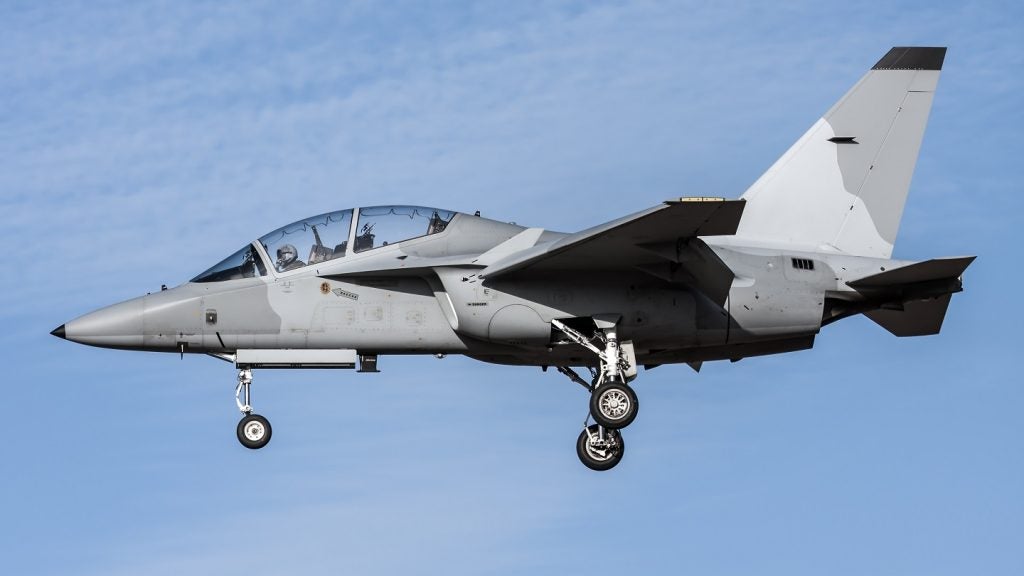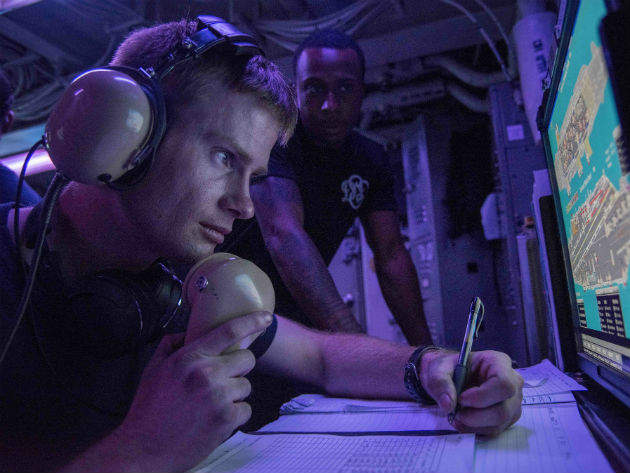
In October Kratos Defense & Security Solutions was awarded a contract by the US Defense Innovation Unit Experimental to explore the use of high-speed drones in both fully autonomous or semi-autonomous roles to support fourth and fifth generation fighter aircraft.
The contract will see Kratos integrate and test US Department of Defense (DoD) and commercial sensors into a high-speed unmanned test bed to support concept development. The company will work with a non-traditional defence contractor to explore new and innovative unmanned aerial system (UAS) interface concepts that enable control of multiple high-performance UAS simultaneously.
Work on the $12.6m contract will centre on the use of Kratos’ UTAP-22 as the unmanned test bed. In addition to sensor integration, the company will also provide flight services including large complex exercise demonstrations.
Unmanned wingman
The UTAP-22 is a high-performance unmanned jet aircraft based upon the success of the US Air Force’s BQM-167A aerial target. Designed specifically for tactical and collaborative missions with manned aircraft, and payload operations/delivery within challenging contested environments, the aircraft already has already demonstrated a number of capabilities central to the development of an ‘unmanned wingman’ capability.
In 2015 the UTAP-22 took part in a three flight series to demonstrate its ability to conduct collaborative airborne operations with a manned fighter aircraft, an AV-8B Harrier. Capabilities demonstrated in the series included command and control through a tactical data link, and execution of semi-autonomous tasks; as well as the execution of autonomous flight in formation with the AV-8B and with multiple UTAP-22s, transfer of UTAP-22 control between non-line-of-site (over the horizon) operators in the tactical network, and transfer of control (handoff) from the tactical network to an independent dedicated control link.
Following the testing, Kratos concluded that the results validated the ability for a low-cost, unmanned aircraft with fighter-like performance to operate collaboratively with a manned fighter/tactical aircraft through semi-autonomous tasking and autonomous formation/wingman modes.
How well do you really know your competitors?
Access the most comprehensive Company Profiles on the market, powered by GlobalData. Save hours of research. Gain competitive edge.

Thank you!
Your download email will arrive shortly
Not ready to buy yet? Download a free sample
We are confident about the unique quality of our Company Profiles. However, we want you to make the most beneficial decision for your business, so we offer a free sample that you can download by submitting the below form
By GlobalDataThe integration of sensors into the UTAP-22 will now take this force multiplication and unmanned wingman capability to the next stage in a roadmap that aims to provide an affordable, effective and valuable tool for the warfighter, and address an identified future requirement for the US armed forces.
Unmanned roadmap
The idea of manned and unmanned aircraft operating collaboratively in contested environments has been on the US DoD’s wish list for some time.
In 2011 – the same year that for the first time the president’s budget proposed a larger investment in remotely piloted aircraft (RPA) than manned aircraft – the US Air Force Scientific Advisory Board found in its report ‘Operating Next-Generation Remotely Piloted Aircraft for Irregular Warfare’ that a “seemingly insatiable operational appetite for RPAs had led to an air force ‘manning bottleneck”.
While advancements in range, precision and stealth that have characterised RPA advancements in the last decade have led to increasing employment of UAS in multiple combat roles and increasingly contested environments, the report said that a number of challenges prevented the further expansion of their deployment. These challenges included lack of common ground stations, unsatisfactory integration with civilian and international airspace, and vulnerabilities in communications and command and control links.
These challenges are being addressed under a number of programmes within various branches of the DoD. In July 2015 the US Air Force proposed in its ‘Autonomous Horizons’ report that future RPAs will be capable of performing many functions autonomously, allowing them to be employed in areas where people would be at high levels of risk, where communication links for direct control are unreliable due to jamming or other interference effects, where speed of operations is useful, or “to undertake new forms of warfare that may be enabled by intelligent, but expendable, systems, or closely coordinated flights of RPAs”. In addition, the report said, “close teaming of manned and intelligent unmanned systems will allow manned aircraft to offload certain functions or extend their payloads significantly”.
The work Kratos will perform with its unmanned testbed is likely to help draw a number of these threads together.
Taking the lead
The US Army is further along the road in its manned/unmanned teaming efforts. In March 2015 the army stood up its first manned/unmanned unit, with the 1/501st Aviation Battalion within the 1st Armored Division’s Combat Aviation Brigade on Fort Bliss, Texas, reflagged as the 3rd Squadron, 6th Cavalry regiment. The new unit was converted to a heavy attack reconnaissance squadron, equipped with the AH-64 Apache Longbow helicopter and a new tactical common data link-equipped RQ-7Bv2 Shadow UAS.
The move was the culmination of many years’ worth of planning, development, testing and production, and marked the end of truly stove-piped missions across different units – one owning a manned asset and the other owning an unmanned asset. With the one unit now owning both assets, both can be operated organically in a way that exploits the benefits of both technologies to the advantage of Apache pilots and soldiers on the ground.
Key to the success of the army’s manned/unmanned teaming work between the Apace and Shadow has been the development of a new data link by L-3 Communications called the Manned-Unmanned Teaming (International) (MUMTi) airborne data link system. Designed to overcome the incompatible datalinks used by aircraft in the field, this system pairs an above rotary UAS receive kit with an air-air-ground kit to provide interoperability, rapid connectivity, and a high-speed communications backbone that enhances operations involving manned aircraft, UAS and soldiers on the ground. It also allows sensors and weapon systems on the UAS to be controlled by the Apache helicopter pilot, while also allowing feeds captured by UAS payloads to be viewed and monitored by the helicopter pilot.
Perfecting the operations of manned and unmanned vehicles in swarms or teams is a cumulative process relying on technology development in a number of areas, from command and control data links to common ground systems. With good progress being made across these areas, the future of combat aircraft operations in contested environments is looking more and more likely to see manned aircraft supported by unmanned systems with force multiplication effects.



